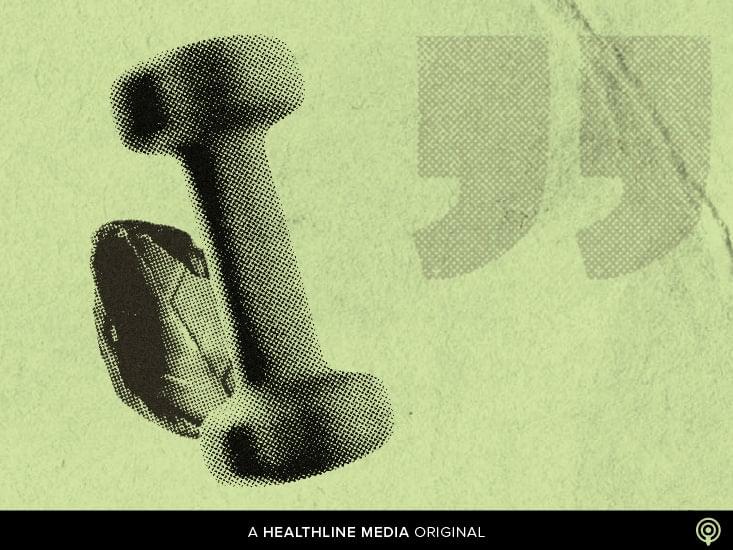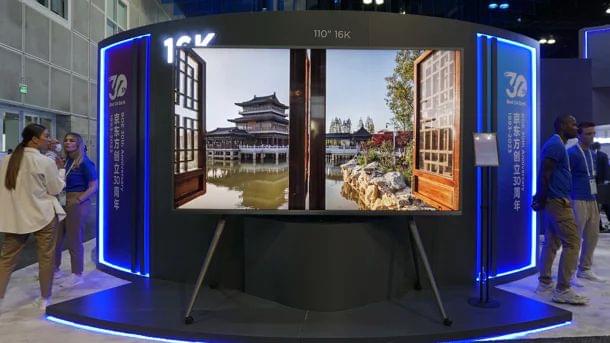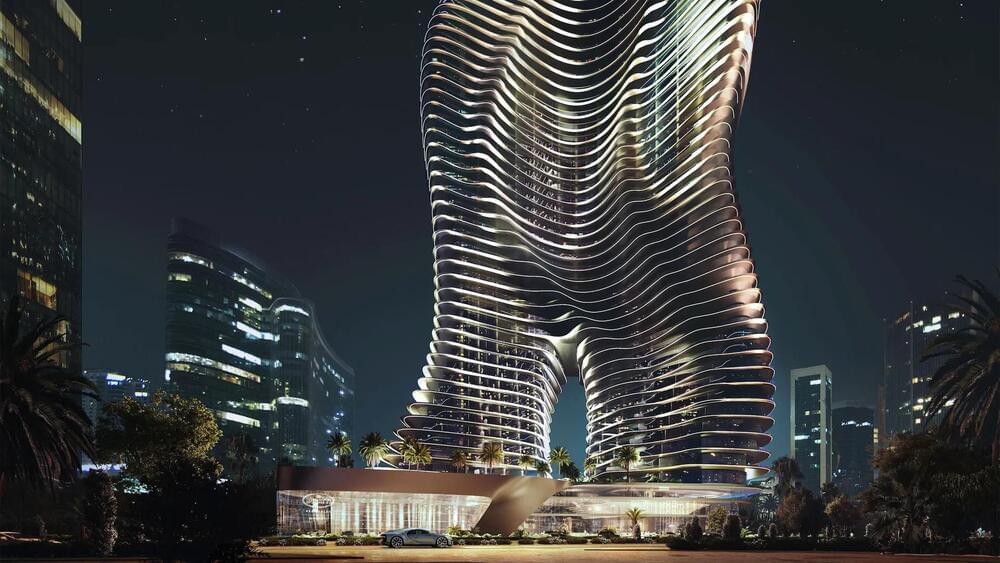Diabetes — specifically type 2 diabetes— is becoming one of the most challenging health problems of the 21st century. By 2,025,380 million people worldwide are also expected to be diagnosed with diabetes.



The Breakthrough Listen Investigation for Periodic Spectral Signals (BLIPSS), led by Akshay Suresh, Cornell doctoral candidate in astronomy, is pioneering a search for periodic signals emanating from the core of our galaxy, the Milky Way. The research aims to detect repetitive patterns, a way to search for extraterrestrial intelligence (SETI) within our cosmic neighborhood.
The researchers developed software based on a Fast Folding Algorithm (FFA), an efficient search method offering enhanced sensitivity to periodic sequences of narrow pulses. Their paper, “A 4–8 GHz Galactic Center Search for Periodic Technosignatures,” was published May 30 in The Astronomical Journal.
Pulsars—rapidly rotating neutron stars that sweep beams of radio energy across the Earth—are natural astrophysical objects that generate periodic signals but humans also use directed periodic transmissions for a variety of applications, including radar. Such signals would be a good way to get someone’s attention across interstellar space, standing out from the background of non-periodic signals, as well as using much less energy than a transmitter that is broadcasting continuously.

An international team of scientists led by Professor Abhijit Chakraborty of the Physical Research Laboratory (PRL) in Ahmedabad identified the densest alien planet, 13 times the size of Jupiter.
This is the third exoplanet identified by PRL scientists. The discovery was detailed in the journal Astronomy & Astrophysics Letters.
Scientists from India, Germany, Switzerland, and the United States utilised the indigenous PRL Advanced Radial-velocity Abu-sky Search spectrograph (PARAS) at Mt. Abu’s Gurushikhar Observatory to precisely determine the planet’s mass. The exoplanet weighs 14 g/cm3.

Chinese display maker BOE has unveiled a truly massive 110-inch 16K TV, putting the hordes of 4K TVs and projectors on the market to shame.
This seismically large prototype packs in a 16K resolution, with four times as many pixels as an 8K screen, and 16 times the pixel count of 4K. It was shown off at SID Display Week 2023 in Los Angeles, to celebrate BOE’s 30-year anniversary with a showcase of cutting-edge resolution far beyond the average television (via Heise.de).


Saturn has become the first planet to exceed 100 known moons!
The discovery of 63 new moons of Saturn is reported by the Minor Planet Center in Cambridge, Massachusetts, bringing the gas giant’s total confirmed number to 146 and overtaking Jupiter.
Saturn, the sixth planet from the Sun and the second largest in our Solar System, has long captivated astronomers and space enthusiasts. In addition to its striking and beautiful ring system, the gas giant has a vast array of natural satellites.

A groundbreaking manifesto on living better and longer that challenges the conventional medical thinking on aging and reveals a new approach to preventing chronic disease and extending long-term health, from a visionary physician and leading longevity expert.
“One of the most important books you’ll ever read.”—Steven D. Levitt, New York Times bestselling author of Freakonomics
Wouldn’t you like to live longer? And better? In this operating manual for longevity, Dr. Peter Attia draws on the latest science to deliver innovative nutritional interventions, techniques for optimizing exercise and sleep, and tools for addressing emotional and mental health.

Fun thought experiment today:
What if today’s ultra-wealthy— the Musks, Bezoses, and Zuckerbergs of the world— decided to demonstrate the true extent of what AI can do today? What if money were no object? Let’s think about some ambitious, albeit costly, applications of current AI technologies that are already within our grasp.
Personal Protection Army
In the realm of personal security, AI-driven technology offers a tantalizing glimpse into the future. Imagine a scenario where, instead of a cadre of bodyguards, a personal drone swarm follows you around, providing an unprecedented level of safety and protection.

😗😁
In the pursuit of extending healthy human lifespans, scientists have achieved a remarkable breakthrough that marks a significant milestone in the field. Researchers from Taipei Medical University in Taiwan have uncovered a genetic modification in mice that can empower cancer-killing cells, increasing their effectiveness by two to seven times while extending their lifespan by up to 20 percent.
Building upon last year’s groundbreaking study, the scientists have now successfully replicated these extraordinary outcomes in ordinary mice through a single transplant of blood stem cells. The findings, published in the scientific journal Cold Spring Harbor Protocols, hold immense importance, according to Che-Kun James Shen, the lead researcher of the study. He believes that these findings could have profound implications for human health and anticipates that clinical trials could commence as early as the end of this year or next year.
The initial discovery involved identifying an amino acid, known as KLF1, that, when altered, preserves the youthful characteristics of the mice. This includes improved motor function, enhanced learning and memory, as well as more effective anti-cancer cells. Additionally, the mice exhibited darker and shinier hair, and a significant reduction in fibrosis—a process associated with impaired organ functioning that occurs during aging.
